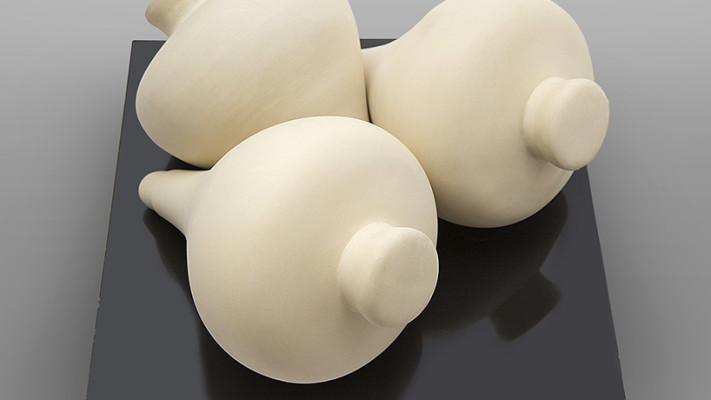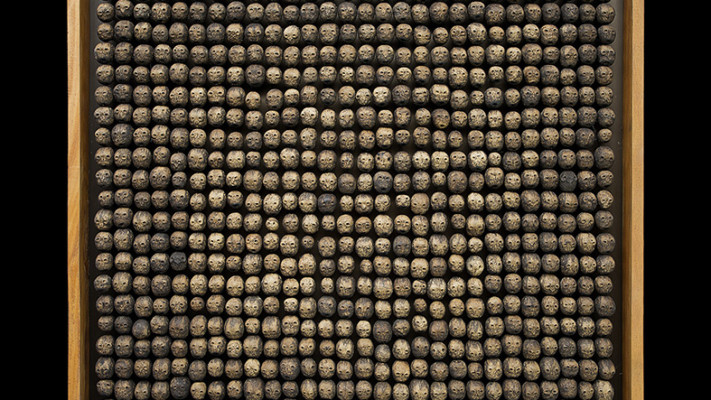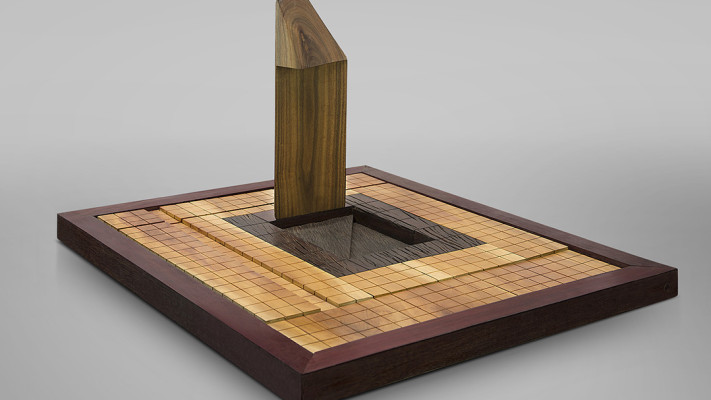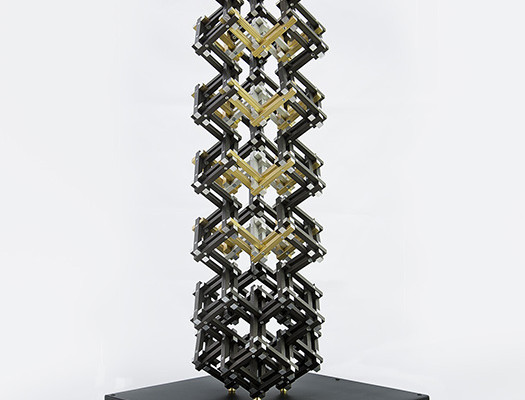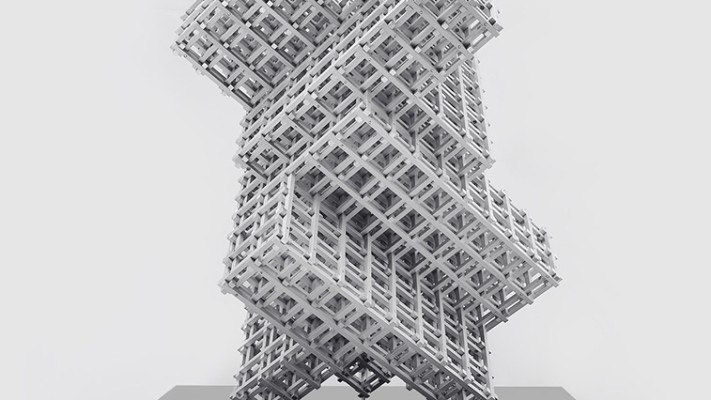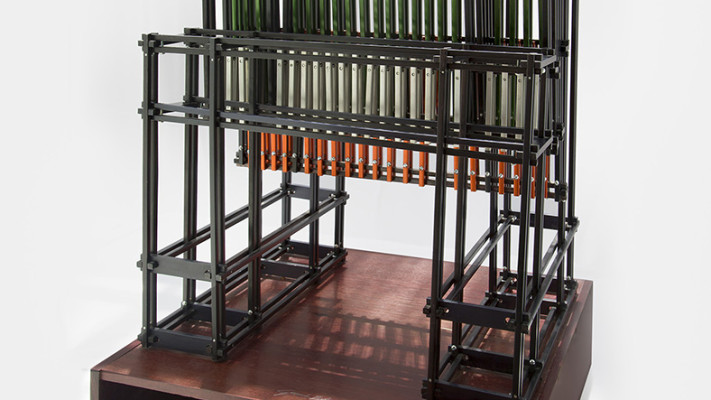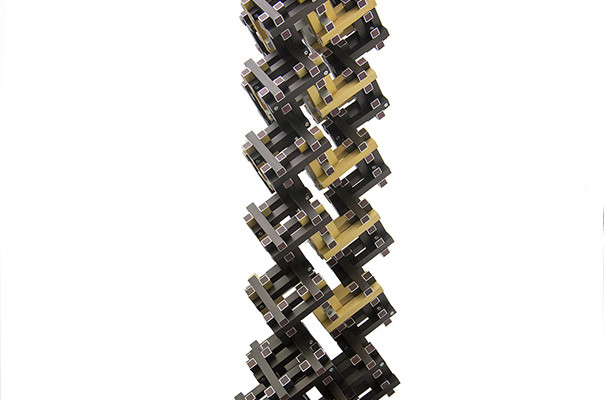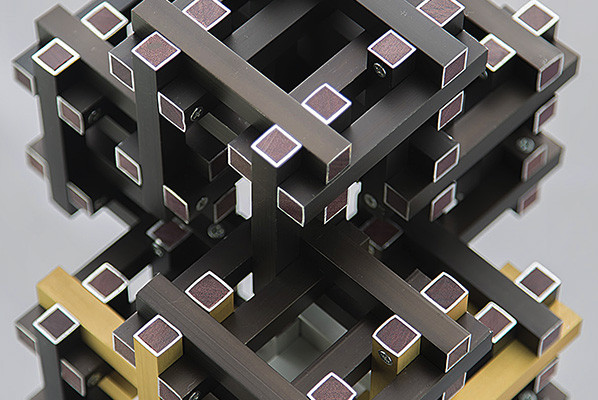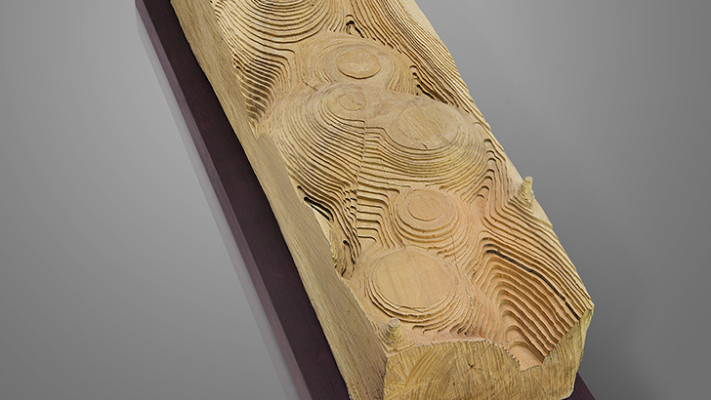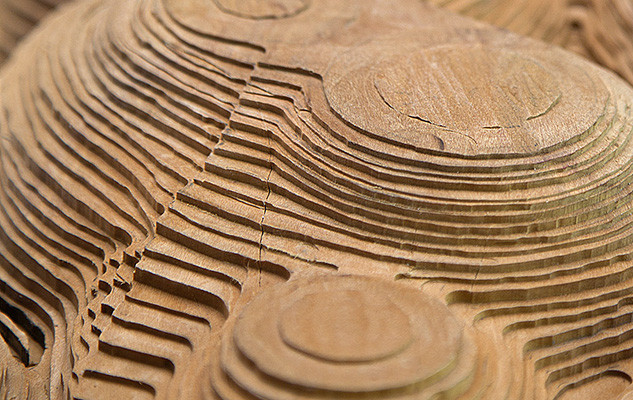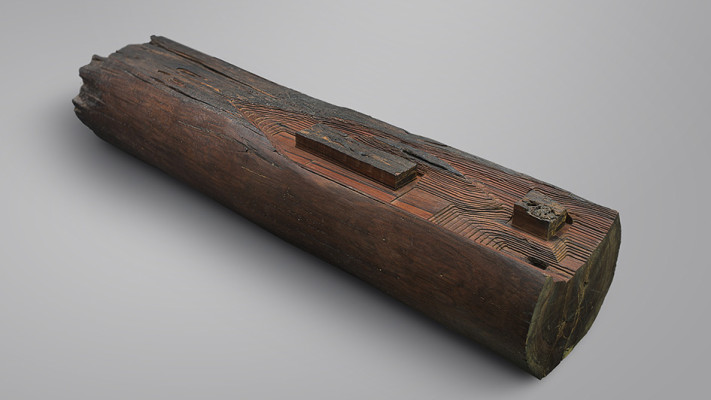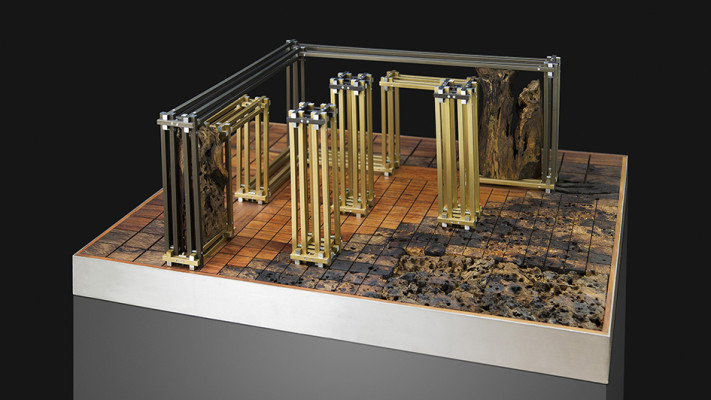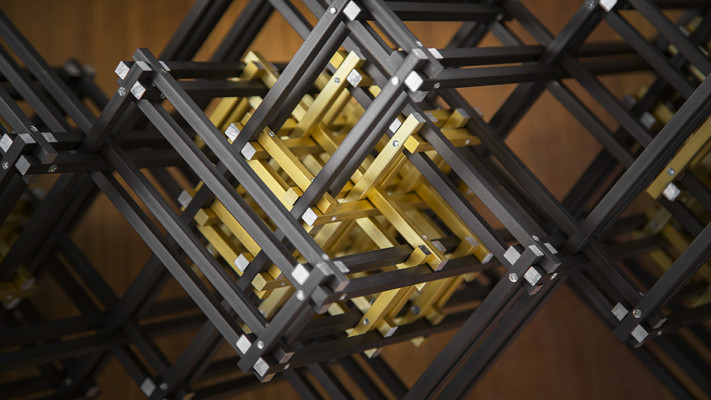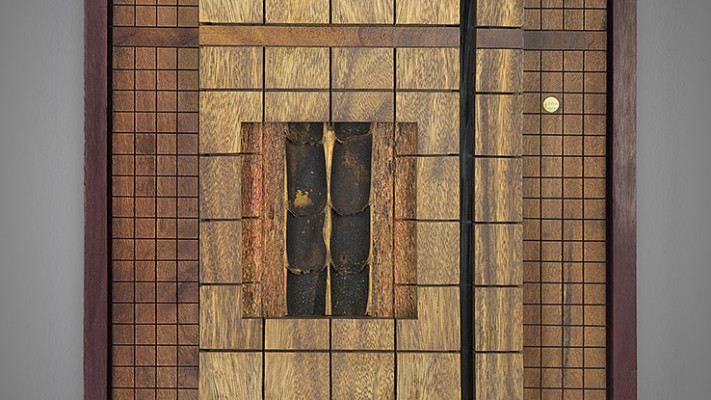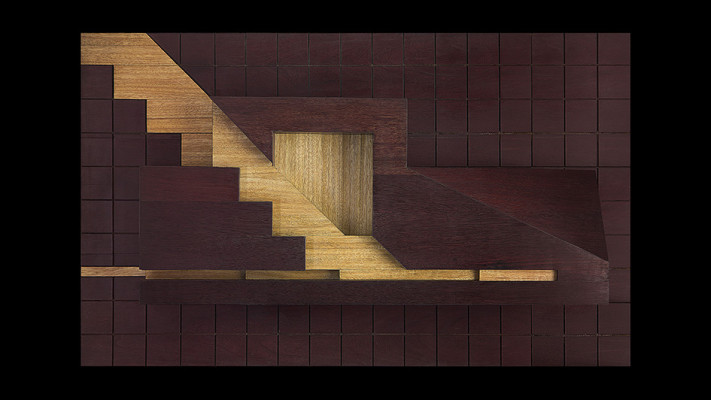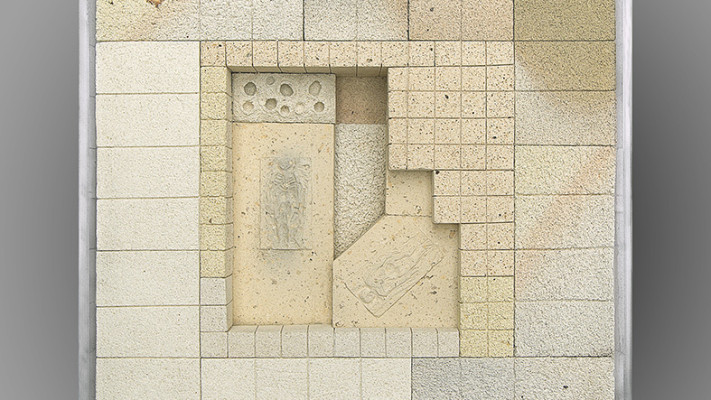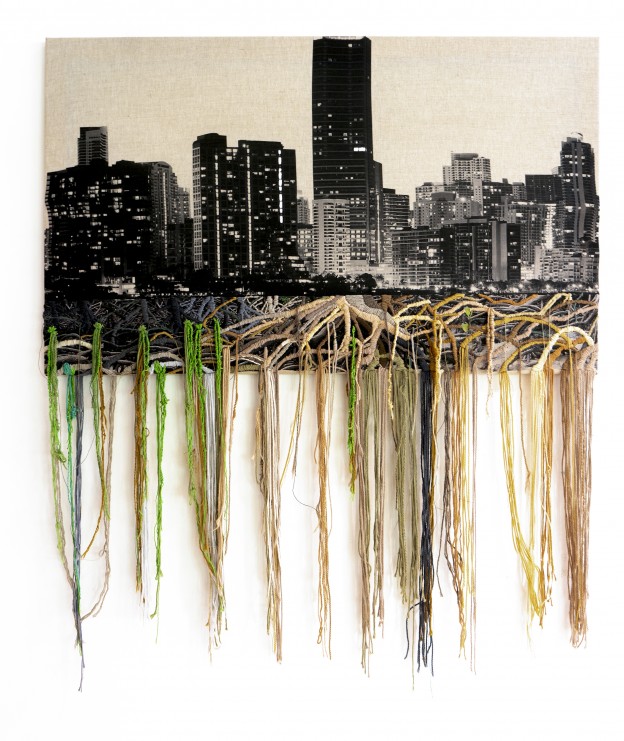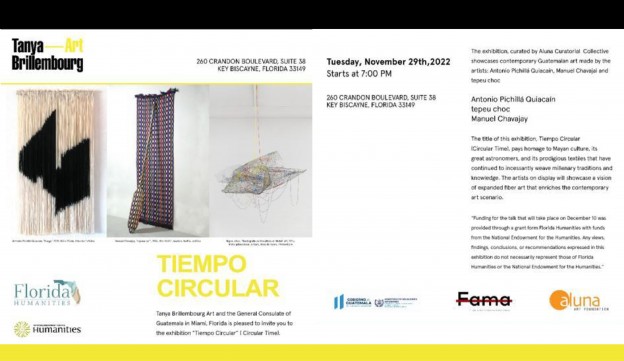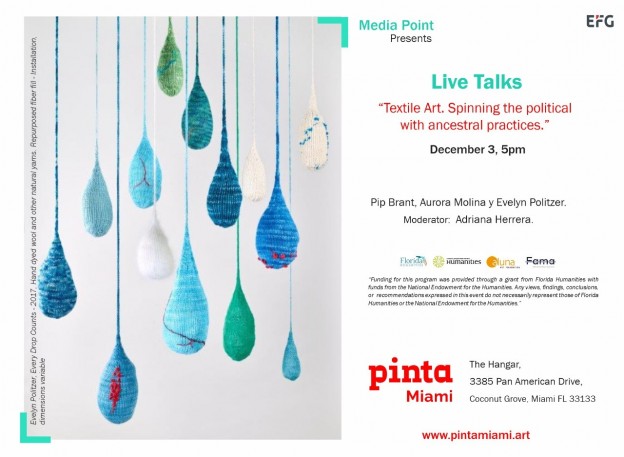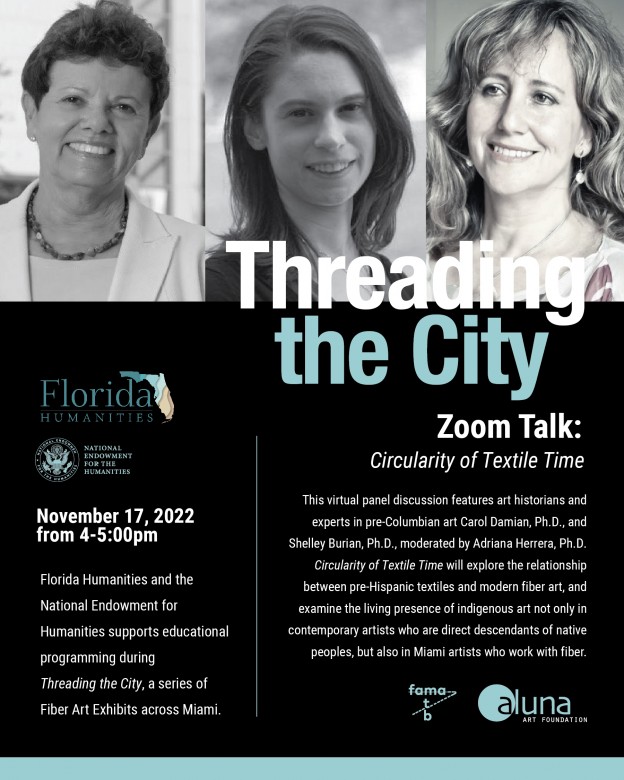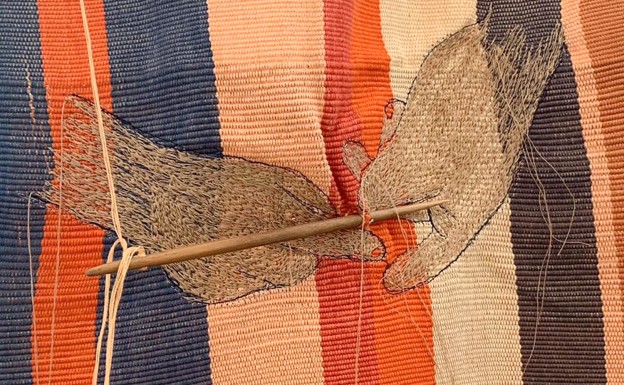UPCOMING EXHIBITION
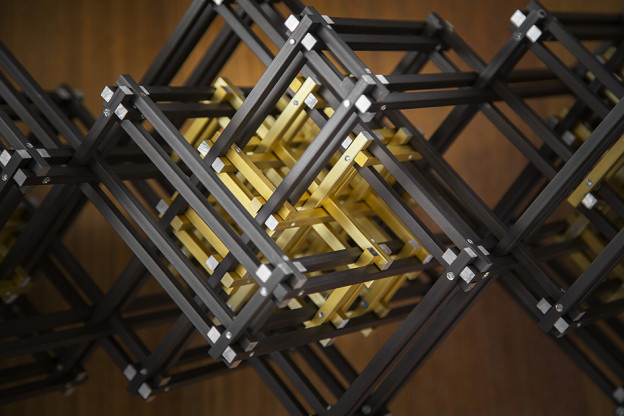
German Botero: Geometer and Archaeologist
German Botero: Geometer and Archaeologist
Curated by Adriana Herrera (Aluna Curatorial Collective
Durban Segnini Gallery proudly announces the opening of Germán Botero: Geometer and Archaeologist, curated by Adriana Herrera. The etymological origin of the word “geometry” comes from “geo,” meaning earth, and “metric,” meaning measure. This can provide us a first insight into the vast and multiple works of German Botero (Medellin, 1946). Throughout four decades, this Colombian architect who graduated in the early 70s – and who was part of a generation that amidst the crisis of modernity overturned the learning of the trade into artistic practices that renewed the scope of the arts in Colombia – has built in metal, wood, and stone a singular abstract body of work resulting from a synthetic process of a telluric vision, deeply connected to the earth.
His art later derived in an investigation into the material culture in Antioquia[1] and an appropriation of artisan objects that imbued his abstract work with the power to establish bonds between diverse historical times. He approached these starting from a paradoxical view: On the one hand, by abstracting forms from their referential context, he altered their dimensions in order to fully reveal a formal beauty devoid of the template of use and routine. On the other hand, he has never hidden the material and cultural origins of his series, so his abstraction preserves, hidden in its genesis, the bond that accounts for human presence on earth.
Botero has managed to traverse, with full coherence, the journey that goes from a constructivist influx to a way of abstraction that links geometry with cultural interventions and, yet beyond, to the sources themselves of the mythical memory of the world. His sculptures and setups open connecting alleys between times and universes written in a very vast chronological line. His exhibition in Durban Segnini Gallery shows the way in which he has worked as a weaver of worlds, unifying symbols and diverse materials using the appropriation of objects and constructions. His relentless travel as an explorer of the language of shapes has taken him further and further back in time: From urban modernity and his dream of modular architectures that celebrate progress, he moved on to investigate pre-industrial expressions, and he then delved in the roots of Pre-Hispanic architecture, and still further back, into the first prehistoric constructions. In doing so, he has rescued in the name of contemporary art the lesson provided by the houses constructed on stilts rising above the water (palafitos), or by the Pre-Columbian tombs where the foundations for the relationship between existence and the afterlife lie. That is, the footprints of the most sacred ancient architecture and the relationship between form and cosmic vision.
His vast work makes him a high representative of geometric abstraction in Colombia, which, in contrast to the tradition that formed modernity in other Latin American countries, never completely split up from the reality of the world, be it because it alluded to the forms created by civilization, or because it turned its eyes towards earth itself. The exhibition Germán Botero: Geometrist and Archaeologist continues on the notable job the Durban Segnini Gallery has achieved in providing the Colombian abstract geometrists a space that has proven short, if not fully absent, in other outstanding continental exhibitions dedicated to this crucial trend. It proposes a transition that chronologically rebuilds Botero’s drifting, from his early years as an architect that lead to his abstract creation, to the way in which he has fulfilled, as an artist vested with the geometry of the world and a playful archaeologist, a fabulous work of appropriations: Far from that iconoclastic search and the indifference before the vanguardist’s goals, Germán Botero has recovered objects and constructions that take us from the pre-history of America, to the nineteenth century artisan’s traditions, and has intervened and transformed them into a celebration of contemporary abstract forms signaling the future. His works have crouched within, hidden, yet with a latent power, a sort of cultural story of shapes and constructions, as well as a material and eco-systemic dimension of our presence on earth.
- [1] He was part of the Program on Production and Material Culture in Antioquia, sponsored by the Investigations Center of the National University of Medellin Faculty.
.
